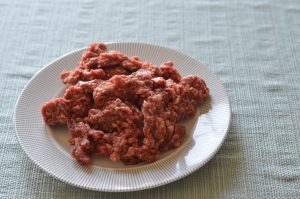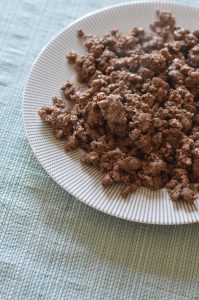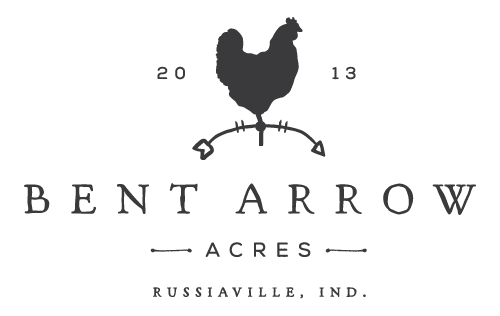05 Mar How to Cook Grass Fed Beef
Beef. It's a kitchen staple, but when it's 100% grass fed, there is a little you need to know about cooking.
All cows are “grass fed” so long as they eat grass at some point. But, many cows are also fed grain. Grain, like corn- which many of us are used to, helps to add more fat to the beef and as we have heard it described, “a diet of grain is like eating a diet of cake and cookies.”
And, cake and cookies are no better for cows than they are for humans.
Instead, the cattle at Bent Arrow eat only grass their whole life, supporting a naturally designed diet for them and one that Is better for the land and us.
Without grain- the cow’s cake and cookies equivalent- the animal is healthier. Like us, when an animal is healthy, they feel better.
And, we can feel better and practice good health too because the nutritional profile for 100% grass fed beef is actually closer to that of salmon. Because of the nutritional profile so close to that of salmon, 100% grass fed beef sometimes has a “fishy” smell. That is all the omegas.

Since it’s lower in fat, grass-fed beef runs the risk of drying out or becoming overcooked much quicker than grain-fed beef. So the name of the game is to keep the meat moist, an easy task when you consider the following tips:
- Sub in flavor. When you use ground beef – say, for making hamburgers or meatloaf – combine it with an ingredient that will keep things moist. Chopped onions, shredded vegetables, sundried tomatoes, condiments, eggs or cheese all work great. When it comes to steaks, consider marinating them for 4 to 6 hours before cooking to add a boost of flavor and moisture, too.
- Allow meat to come to room temperature before cooking.
- Take the heat down a notch. Grass-fed beef cooks quicker than its grain-fed counterpart, so lower the heat on the stove or grill (or about 50 F in the oven, if you’re roasting) to better control the doneness. Otherwise, it can go from perfectly cooked to overdone in a matter of seconds.
- Preheat! Be sure your cooking surface – whether it’s a pan or grill – is preheated well before you start cooking. This way, you’ll accomplish a tasty, even sear without overcooking the meat.
- DO NOT microwave
- Because there isn’t much fat in grass-fed beef, be sure to grease your pan or grill with a bit of oil or cooking spray before cooking to ensure that nothing sticks. Brushing the meat with a little oil helps too.
- Do not poke the meat to flip. Use Tongs. For the juiciest results, resist the urge to poke, slice or turn meat with a knife or fork. Each time you do, more of its moisture will end up in the pan, not on your plate.
- Think 70%. On average, grass-fed beef needs about 30% less time to cook than grain-fed beef, so go ahead and check for doneness a little earlier than usual.
- Forget well done. Grass-fed beef can get dry, tough when overcooked, so it’s best to stick with medium-rare or medium steaks.
- Remove beef from the heat and tent it loosely with foil to let it rest. While it sits, the temperature will rise another 5 to 10 degrees and juices will redistribute. To check the temperature, insert a meat thermometer into the thickest part of the meat and away from any bones.
Grass fed beef is great at rare to medium rare temperatures (120-125 degrees). If you like things more “done” braise, cook in a sauce or use your slow cooker.
If you have not already, also invest in a digital thermometer! We love the Inkbird brand.




Sorry, the comment form is closed at this time.